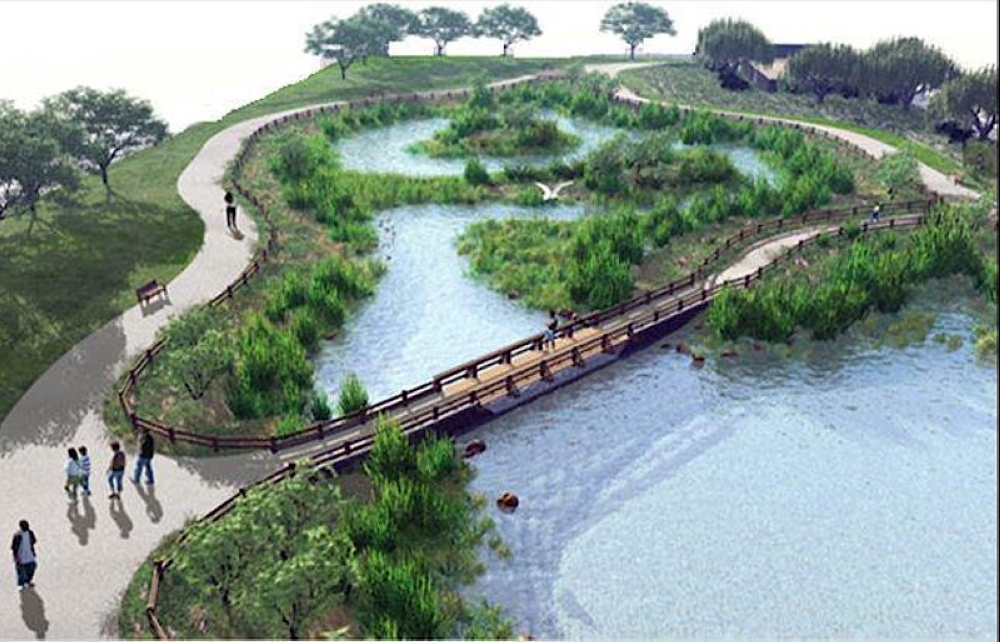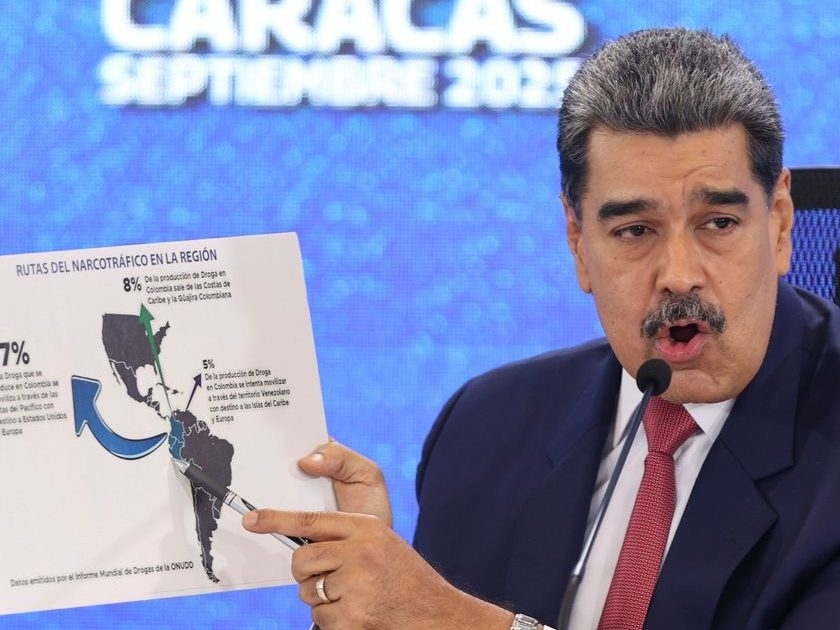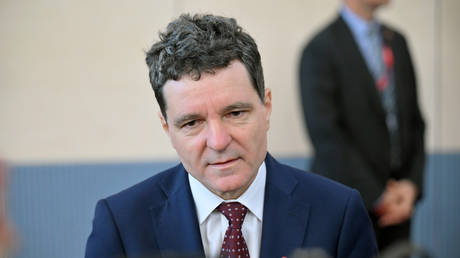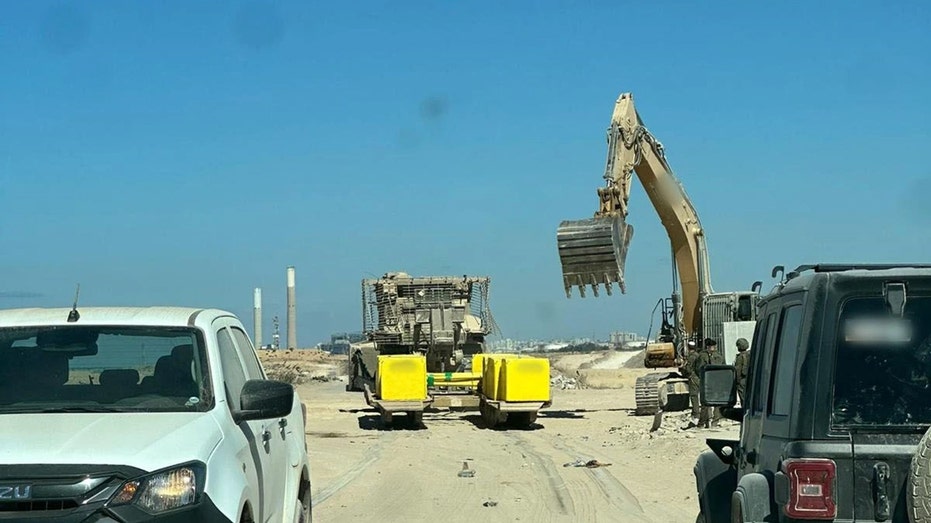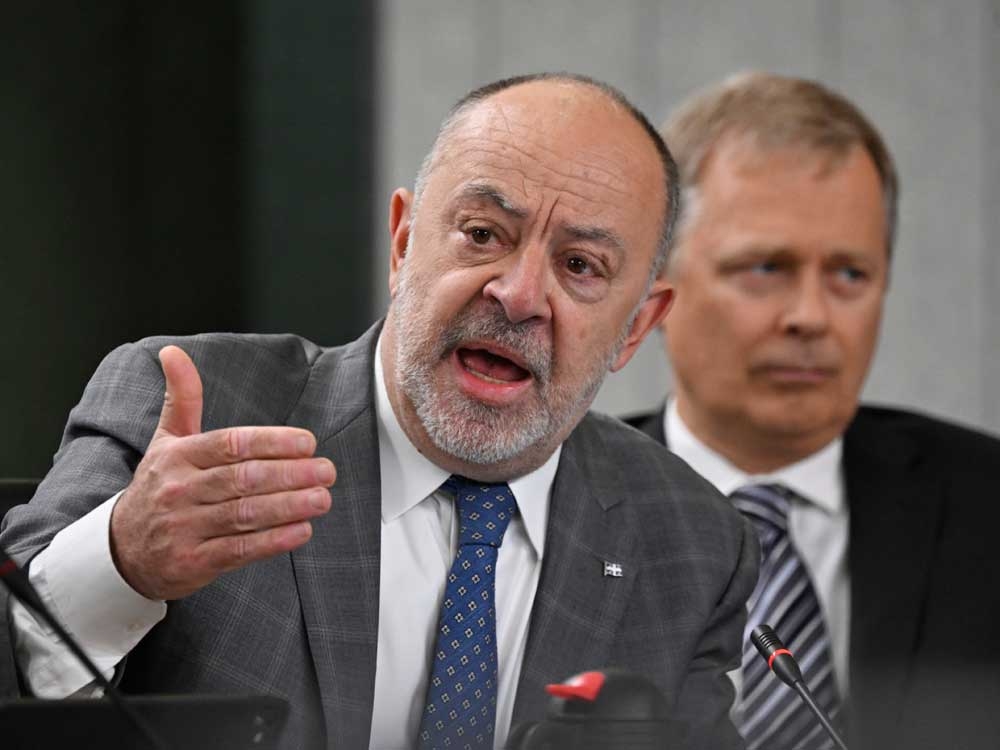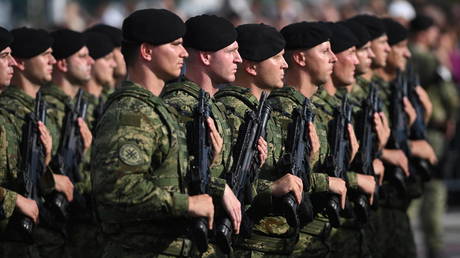Under the revised national targets towards addressing climate change, Rwanda needs $12 billion for the implementation of its action plan from 2025 to 2035.
Before revising the target, $11 billion was needed from 2020 to 2030.
ALSO READ: Rwanda revises greenhouse gas emissions reduction target to 53%
The new target is set to be submitted to the Cabinet for approval before being launched during the 30th United Nations Conference on Climate Change, known as COP30, to be held in Belém, Brazil, from November 10 to 21 2025.
ALSO READ: Rwanda Faces $7 Billion Funding Gap to Implement Climate Action Plan
Out of $12 billion, $7 billion will be spent on adaptation measures to build resilience against climate change effects such as floods and drought, while $4.9 billion will be spent on mitigation measures to reduce the amount of greenhouse gas emissions, according to Rwanda Environment Management Authority (REMA).
The New Times breaks down the expected sources of funding for both adaptation and mitigation measures.
Funding adaptation to climate change effects
Appearing before Parliament’s Standing Committee on Agriculture, Livestock and Environment on October 21, Juliet Kabera, the Director General of Rwanda Environment Management Authority (REMA) said about 70 per cent of the needed $12 billion will go into adaptation and climate change resilience.
Of this amount, $1.6 billion is classified as ‘unconditional’, meaning it will be mobilised by the country without external financial support.
ALSO READ: Rwanda unveils $11bn climate action plan
The plan shows that $5.4 billion was classified as ‘conditional’, meaning that climate finance will come from external sources, especially developed countries, as the Paris Agreement mandates.
The adaptation or climate resilience measures include accelerating water management through land restoration, flood protection, improved irrigation, and enhanced water quality monitoring.
The measures will also ensure universal, climate-resilient water and sanitation services with solar-powered treatment and flood-proofed infrastructure.
Promoting climate-resilient seeds, livestock, irrigation, soil conservation, and insurance to build a sustainable agri-food system are part of the measures.
The adaptation measures will implement hazard-informed land use, restore forests, and expand agroforestry to reduce floods and sustain ecosystems.
Upgrading informal settlements with resilient planning, stormwater systems, and green/blue infrastructure; promoting climate-compatible mining practices and rehabilitating sites to enhance resilience and biodiversity; strengthening climate-proof health services, early warning, and surveillance to reduce disease, maternal mortality, and NCDs are among the measures to adapt to climate change.
ALSO READ: The Paris Agreement: An opportunity for Rwanda
Climate-proofing road networks and expanding public transport for safer, resilient, and low-carbon mobility; establishing multi-hazard early warning systems and district climate hubs; and mainstreaming adaptation across all sectors have been integrated.
Source of funding for mitigation measures
The plan indicates that $4.9 billion will be spent on mitigation measures to reduce the amount of greenhouse gas emissions.
Of this amount, at least $520 million is classified as ‘unconditional’, meaning it will be mobilised by the country without external financial support, while $4.4 billion is classified as ‘conditional’, meaning that climate finance will come from external sources, especially developed countries, as the Paris Agreement mandates.
Under Rwanda’s NDC 3.0, the country is committed to a 53 per cent reduction in emissions by 2035, equivalent to the mitigation of 14.86 million tonnes of carbon emissions.
“To achieve this target, there is a need for domestic and international financial support,” Thadée Twagirimana, Acting Director General for Environment and Climate Change at the Ministry of Environment, noted during recent consultations by RALGA with local government stakeholders on Rwanda’s updated Climate Action Plan.
ALSO READ: Inside Rwanda’s Climate Finance Deals
Rwanda’s mitigation measures will focus on renewable energy, energy efficiency, and cleaner transport to reduce emissions.
The Industrial Processes and Product Use sector aims to cut emissions by substituting powerful greenhouse gases and improving industrial processes.
The agriculture sector will reduce emissions through better livestock management, soil practices, and manure management, while the waste sector will mitigate emissions by improving waste treatment and converting waste into energy.
The forestry sector focuses on sustainable management, afforestation, and agroforestry to enhance carbon sequestration, improve biodiversity, and mitigate climate change.
Mobilising finance at COP30
At COP30 in Brazil, Rwanda will use its platform to diversify and deepen climate finance partnerships, aligned with its national strategies which guide efforts to mobilise innovative, inclusive, and long-term financing solutions.
The country will also be engaging with networks to strategically connect with development partners and investors interested in partnering with Rwanda.
Showcasing the Ireme Invest and Intego portfolios is expected, with the aim of mobilising additional financing from new partners.
ALSO READ: Climate change could erode 7% of Rwanda’s GDP by 2050
Rwanda advocates for a post-2025 global finance target to mobilise at least $1.3 trillion per year in climate finance for developing countries by 2035, and a clear roadmap for delivering $300 billion every year, approved at COP29.
Who funds NDCs implementation in developing countries?
Major sources include the Green Climate Fund (GCF) – the main UNFCCC financial mechanism supporting mitigation and adaptation projects; the Global Environment Facility (GEF), which finances projects on biodiversity, climate change, and land degradation; the Adaptation Fund, which supports climate adaptation in vulnerable communities; the Climate Investment Funds (CIFs), which include the Clean Technology Fund and Strategic Climate Fund; and the NDC Partnership, which helps countries plan and mobilise resources for NDC implementation.
There are also individual developed countries that provide direct financial and technical support through different agencies.
Multilateral Development Banks (MDBs) such as the World Bank Group, African Development Bank (AfDB), Asian Development Bank (ADB), and European Investment Bank (EIB) provide loans, grants, and blended finance for climate-related projects.
